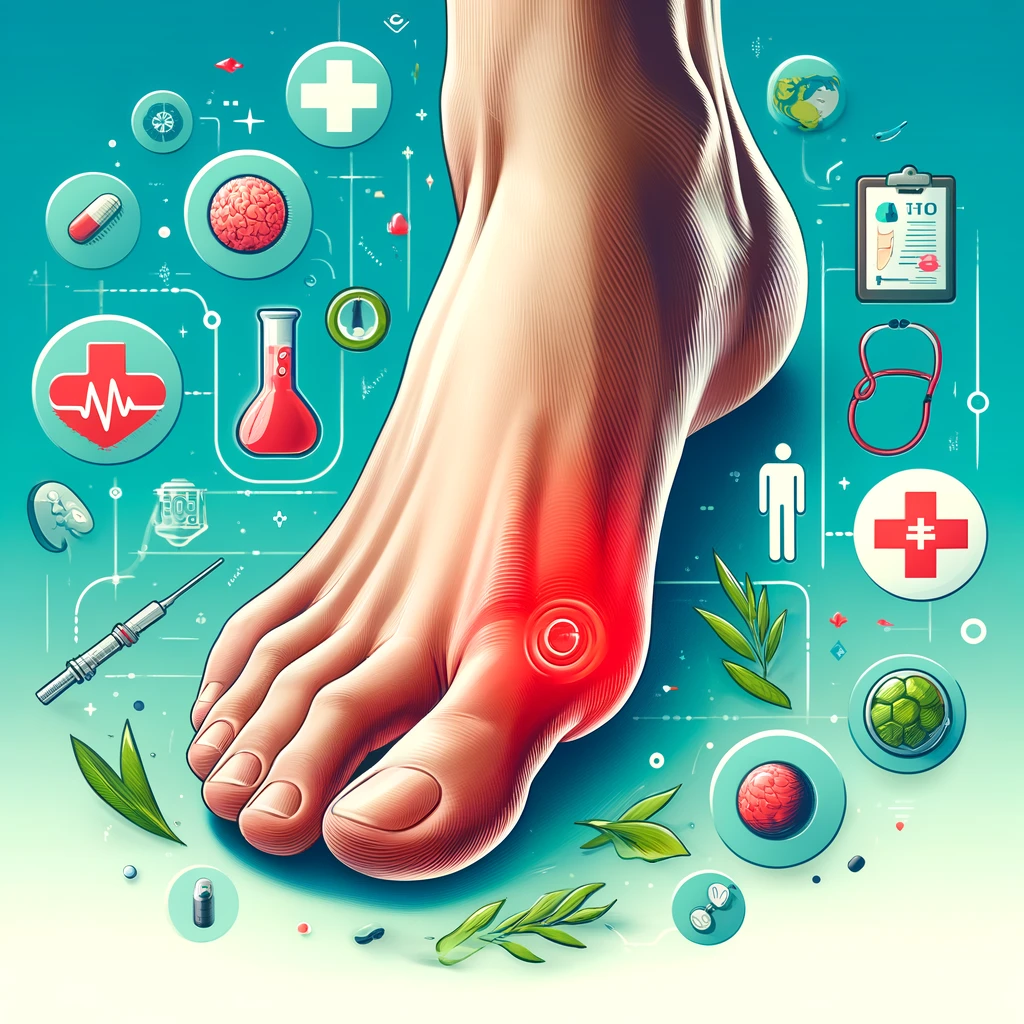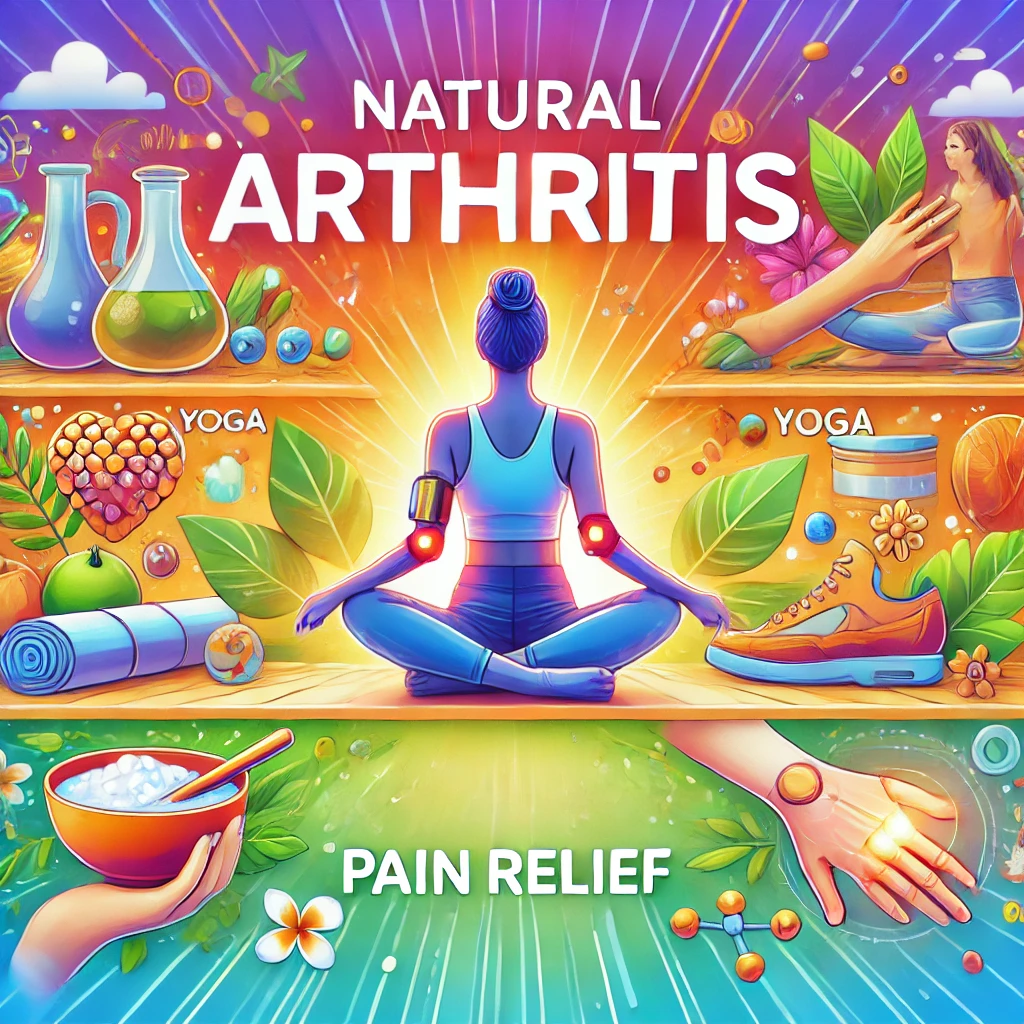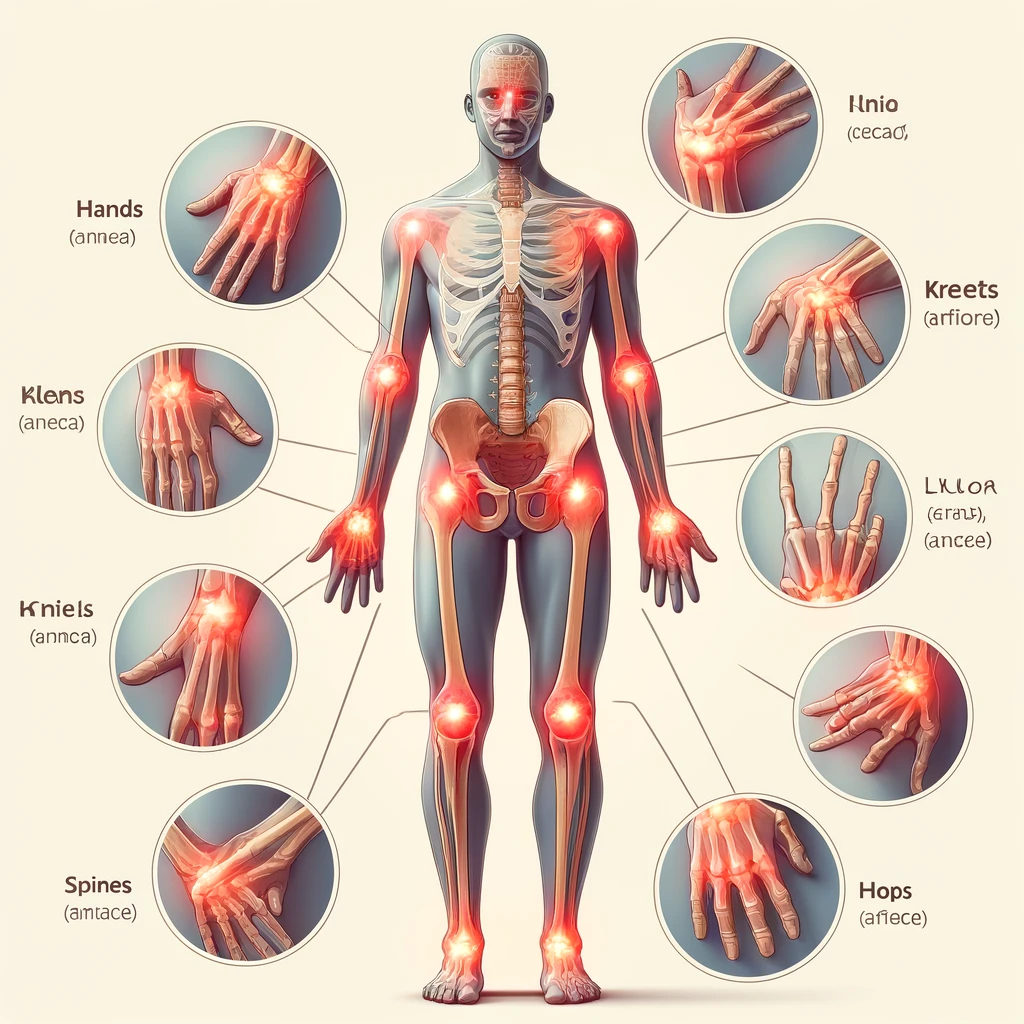
Table of Contents
Gout, often considered the “disease of kings,” has afflicted humans for centuries. Despite its ancient history, gout remains a significant and common form of inflammatory arthritis, affecting millions worldwide. Characterized by sudden and excruciating pain, swelling and redness in the joints, particularly the big toe, gout can severely impact daily life and overall well-being. This condition arises from elevated levels of uric acid in the blood, leading to the formation of sharp, needle-like crystals in the joints and surrounding tissues. These painful episodes can strike without warning, turning a routine day into a painful ordeal and posing a challenge to those affected.
The importance of understanding gout extends beyond merely recognizing its symptoms. It involves delving into the biochemical mechanisms that lead to its onset, identifying risk factors, and exploring comprehensive management strategies. Knowledge of these aspects can empower individuals to make informed decisions about their lifestyle, diet and treatment options. As medical research advances, new insights and therapies are emerging, offering hope for better management and improved quality of life for those battling this chronic condition. This article aims to provide a thorough exploration of gout’s causes, symptoms and preventive measures, equipping you with the essential information needed to navigate and mitigate the impact of gout on your life.
What is Gout?
Gout is a painful condition characterized by sudden and severe attacks of pain, swelling, redness and tenderness in the joints. Often starting in the big toe, it can affect various joints, causing significant discomfort. But what exactly triggers these painful episodes, and how can they be prevented?
Why Understanding Gout is Important
Understanding gout is crucial for anyone at risk or suffering from this condition. Early recognition and management can significantly reduce the severity and frequency of gout attacks, improving overall quality of life. Moreover, informed individuals are better equipped to make lifestyle changes that can prevent the development of gout.
What Causes Gout?
The Role of Uric Acid
What is Uric Acid?
Uric acid is a waste product found in the blood. It’s formed when the body breaks down purines, substances found naturally in the body and in certain foods. Normally, uric acid dissolves in the blood, passes through the kidneys and is excreted in urine.
How Uric Acid Leads to Gout
When uric acid levels become excessively high, either due to increased production or decreased excretion, it can form sharp, needle-like crystals in a joint or surrounding tissue. These crystals trigger the painful inflammatory response known as a gout attack.
Risk Factors
Genetic Predisposition
Genetics play a significant role in the development of gout. If gout runs in your family, your risk of developing the condition is higher. This hereditary aspect underscores the importance of being vigilant about lifestyle choices if you have a family history of gout.
Dietary Influences
Diet heavily influences uric acid levels. Consuming foods high in purines, such as red meat, shellfish, and sugary drinks, can increase uric acid levels. Alcohol, particularly beer, is another major contributor to gout.
Lifestyle and Health Conditions
Several lifestyle factors and health conditions can elevate the risk of gout, including obesity, high blood pressure, and diabetes. Medications like diuretics can also contribute to increased uric acid levels.
Symptoms of Gout
Acute Gout Attacks
Common Signs and Symptoms
Acute gout attacks often occur suddenly and can be extremely painful. Symptoms include intense joint pain, swelling, redness, and warmth. These attacks typically start at night and can last from a few days to a week.
Duration and Frequency
The frequency of gout attacks varies. Some individuals may experience attacks sporadically, while others may have frequent episodes. Over time, without proper management, these attacks can become more frequent and severe.
Chronic Gout
Complications of Untreated Gout
Chronic gout can lead to the development of tophi—lumps of uric acid crystals deposited under the skin around joints. If left untreated, chronic gout can result in joint damage and decreased mobility.
Impact on Daily Life
Living with chronic gout can significantly impact daily activities, leading to persistent discomfort and limitations in movement. Effective management is key to maintaining a good quality of life.
Diagnosing Gout
Medical History and Physical Examination
Diagnosis typically begins with a thorough medical history and physical examination. Your doctor will ask about symptoms, dietary habits, and family history of gout.
Diagnostic Tests
Blood Tests
Blood tests measure the levels of uric acid in your blood. Elevated levels may indicate gout, although they are not definitive on their own since not everyone with high uric acid develops gout.
Joint Fluid Test
A joint fluid test involves extracting fluid from the affected joint and examining it for uric acid crystals. This test is the most conclusive for diagnosing gout.
Imaging Techniques
X-rays, ultrasound, or MRI can help detect joint damage or the presence of tophi, aiding in the diagnosis and assessment of gout.
Treatment Options for Gout
Medications
Pain Relievers
Nonsteroidal anti-inflammatory drugs (NSAIDs) are commonly used to reduce pain and inflammation during acute gout attacks. For severe pain, corticosteroids may be prescribed.
Uric Acid Lowering Drugs
Medications like allopurinol and febuxostat lower uric acid levels in the blood, helping to prevent future gout attacks and reducing the risk of chronic gout complications.
Lifestyle Modifications
Diet and Nutrition
Adopting a diet low in purines can help manage uric acid levels. This includes avoiding red meat, organ meats and certain seafood. Instead, focus on fruits, vegetables, whole grains, and lean proteins.
Exercise and Weight Management
Regular physical activity and maintaining a healthy weight can help reduce uric acid levels. Weight loss can also decrease the stress on your joints, further alleviating symptoms.
Home Remedies and Alternative Treatments
Applying ice packs to affected joints, staying hydrated, and using over-the-counter pain relievers can provide relief during gout attacks. Some people find relief through alternative treatments such as acupuncture and herbal remedies, although more research is needed in these areas.
Preventing Gout
Dietary Changes
Foods to Avoid
To prevent gout, limit foods high in purines such as red meat, organ meats and certain seafood. Also, avoid sugary beverages and excessive alcohol consumption, especially beer.
Foods to Include
Incorporate foods that may help lower uric acid levels, such as cherries, dairy products and coffee. A balanced diet rich in fruits, vegetables, and whole grains supports overall health and may reduce gout risk.
Hydration
Staying well-hydrated helps the kidneys eliminate uric acid more effectively. Aim to drink plenty of water throughout the day.
Regular Exercise
Engage in regular physical activity to maintain a healthy weight and support joint health. Exercise also helps manage conditions associated with gout, such as high blood pressure and diabetes.
Monitoring and Managing Health Conditions
Regular check-ups and managing existing health conditions, such as hypertension and diabetes, can help reduce the risk of gout attacks.
Living with Gout
Coping Strategies
Managing Pain and Discomfort
During gout attacks, rest the affected joint and apply ice to reduce pain and swelling. Pain management strategies, such as relaxation techniques and medication, can also be helpful.
Preventing Flare-Ups
To prevent flare-ups, adhere to your treatment plan, make necessary dietary adjustments, and maintain a healthy lifestyle. Recognizing and avoiding gout triggers is crucial in managing the condition effectively.
Support and Resources
Joining support groups or seeking professional counseling can provide emotional support and practical advice for living with gout. Resources such as educational websites and patient forums can also offer valuable information and community support.
Conclusion
Gout is a manageable condition with the right knowledge and lifestyle adjustments. Understanding the causes, symptoms, and prevention strategies can empower you to take control of your health and reduce the impact of gout on your life. Early diagnosis and proactive management are key to minimizing the frequency and severity of gout attacks.
FAQs
What foods trigger gout attacks?
Foods high in purines, such as red meat, organ meats and certain seafood, can trigger gout attacks. Alcohol, especially beer and sugary drinks can also contribute.
Can gout be completely cured?
While gout cannot be completely cured, it can be effectively managed with medication, lifestyle changes and dietary adjustments to prevent attacks and complications.
How is gout different from arthritis?
Gout is a specific type of inflammatory arthritis caused by uric acid crystal deposits in the joints, whereas arthritis is a general term for inflammation of the joints and can have various causes.
Is gout hereditary?
Yes, genetics can play a role in gout development. If you have a family history of gout, you may be at higher risk for the condition.
What should I do during a gout flare-up?
During a gout flare-up, rest the affected joint, apply ice to reduce swelling and take NSAIDs or prescribed medications to manage pain. Staying hydrated and avoiding high-purine foods can also help.



You always make things so easy to understand. Thanks!